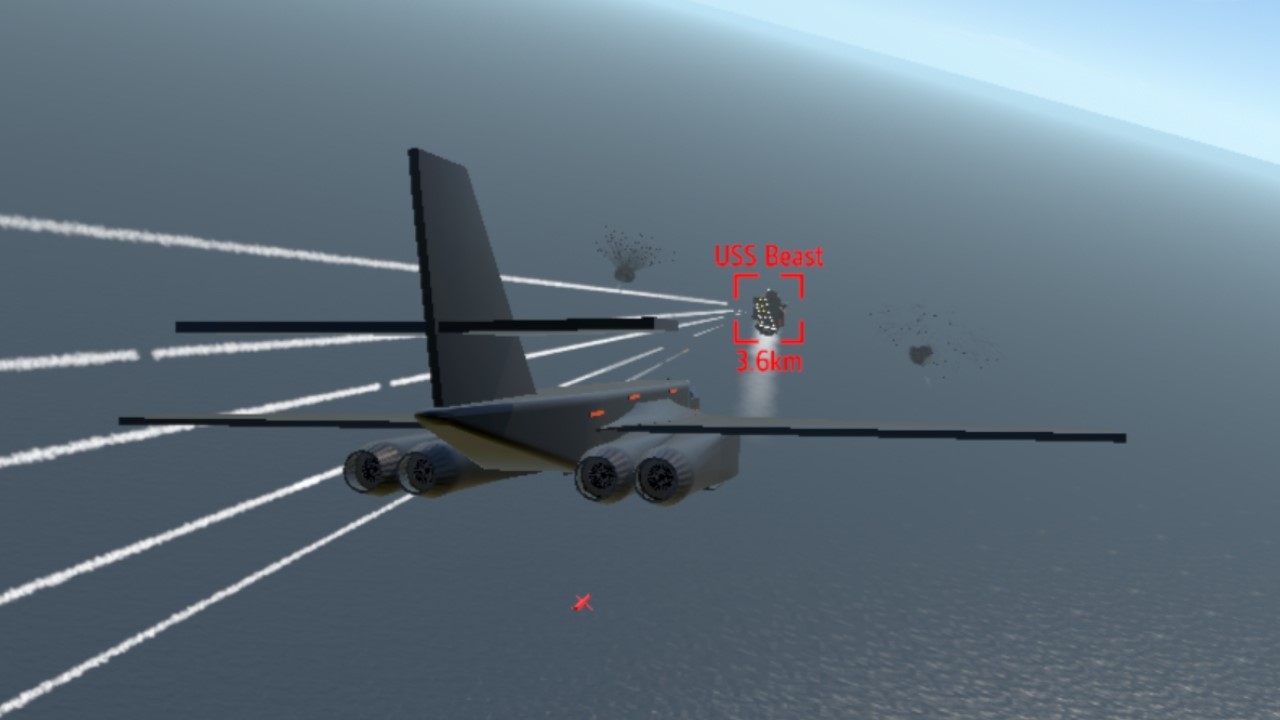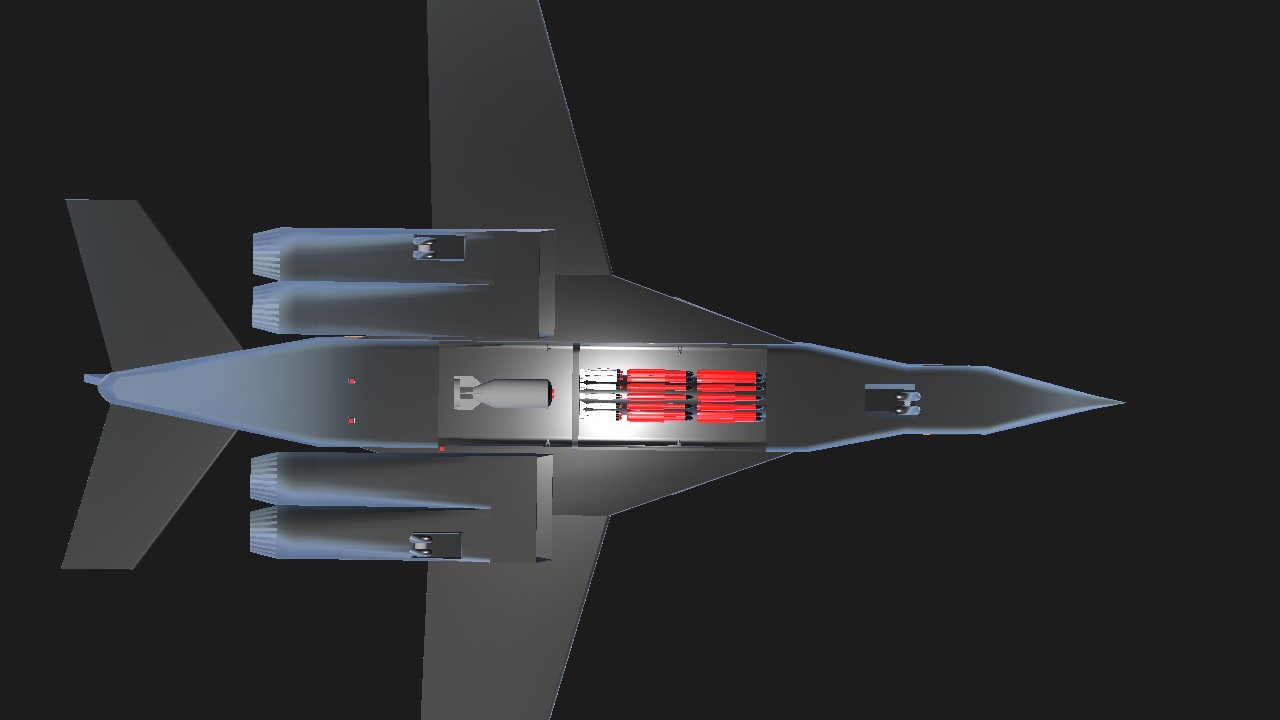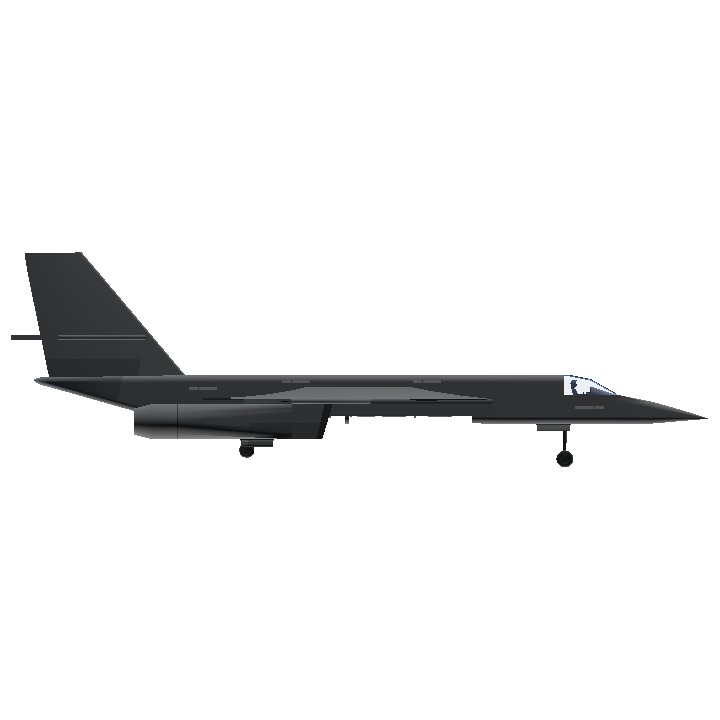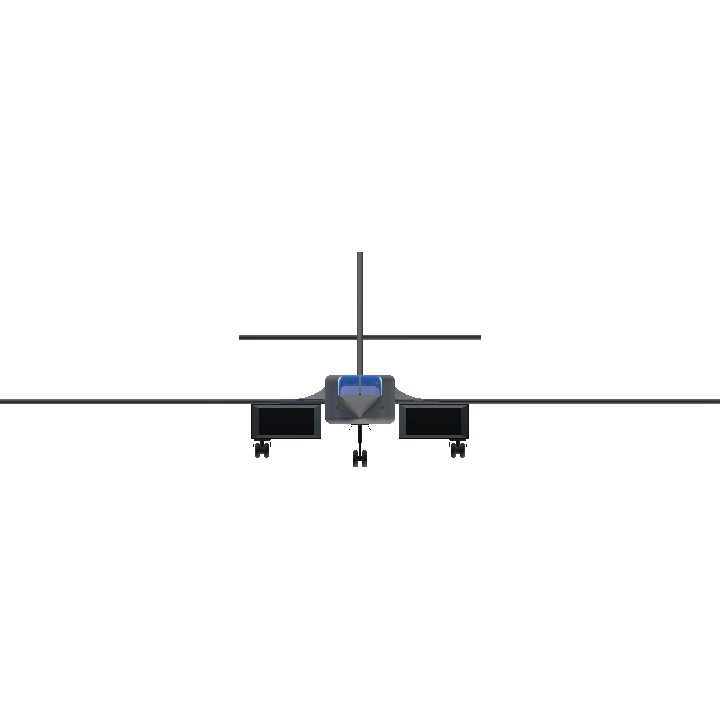STORY:
For the sake of our country, one way assault!
Eleven years ago, faced with the threat of a large-scale tank fleet from the Kisaa Federation, young people in the Skira Republic sat on M3H loaded with hydrogen bombs, ready to use their lives to buy time for a counterattack. That year, the youngest of them was only 25 years old. Eleven years have passed, and the patriotic youth of that year have retired one after another. The pilots of the new era have inherited their brave and fearless spirit of air knighthood, safeguarding the airspace of their motherland. But in the face of the new fighter jets of the Kisaa Federation, the outdated M3H is no longer suitable for the current situation, and researching new alternative aircraft is urgent... At least the design bureau has already thought so.
The previous written requirements of the Republic only stated that hydrogen bombs were being developed, but did not specify what they were. So the Miyanki Design Bureau believed that if it were only used as a hydrogen bomb carrier, the M-16 heavy fighter jet planned to replace the XF-2 would be fully capable of this task after modification, so they were still very confident at the beginning. But later, when the Republic pulled them into the 686 plan group, it was discovered that something was wrong. This led to the discovery that the secret SF-5 hydrogen bomb was larger than the previous SF-2: the M-16 with the central lift body layout could not fit. At this point, the Republic revealed its true goal: to develop the Republic's strategic bomber.
Since the division of the empire, although the Republic has always maintained its air superiority, there has never been a decent bomber, and even the XF series aircraft have been converted into tactical bombers. Is this okay? The Federation had its own strategic bomber 15 years ago! This has air control, but only the QX-3 can strike the ground. How can we protect the safety of the people of the Republic against this armor group? So the Republic requires a new type of strategic bomber: 1. The maximum flight speed is two Mach and above, and the maximum flight altitude is 20000 meters. 2. Have conventional weapons capable of striking a large number of targets on the ground. 3. Have the ability to drop nuclear bombs. At the same time, they demanded that bombers have a certain degree of maneuverability to quickly evacuate after dropping nuclear bombs. Regarding weapons, the hydrogen bomb has been developed and conventional weapons can use the latest TY-3 cruise missile. Regarding the bomber itself, although there is no experience in manufacturing strategic bombers, rapid design can still be achieved with existing aircraft data. The planning team quickly planned a combination of front wings and delta wings based on the M-5 fighter jet, with the front half of the fuselage elongated for supersonic flight and the rear half slightly wider to accommodate more weapons. After discussion on the engine layout, it was ultimately decided to use six BJ-2 engines as power (XB70). Not only the design bureau, but most of the people involved in the plan are also quite optimistic about this plan: except for the Republic.
The high-level officials of the Republic were originally concerned that the design bureau would not be competent due to insufficient experience in this area, so if the designed bomber is not ideal but roughly meets the requirements, it can still be considered. But if it's an arrow shaped design with a pair of triangular plates inserted on a stick... it still doesn't work. After the planning team submitted the plan, the Republic was initially quite hopeful, and at first glance, it was not a pair of triangles: two pairs.
So this plan was rejected. The main issue is that there were some issues with the subsequent upgrade version of the M-5 they referred to. The Republic believes that this plan may be feasible, but it is not currently feasible. R&D was once at a standstill. Just as everyone was at a loss, someone came up with a bomber blueprint designed by the empire before the division of the two countries: H1.
The design of H1 provides great reference value to the design bureau. Although it is not possible for the Republic to directly use Empire designed aircraft, it is still possible to make magic changes on this basis. But the most important controversial point is that the H1 adopts a variable sweep wing design, which is something that the Kisaa Federation excels at, and the Skira Republic has no experience either. And if this were designed, would it be considered treason. But the planning team has no other choice, and after multiple rounds of discussion, they believe it is still worth a try: mainly because the Republic urgently needs strategic bombers, and the senior management in this area should not be too much of a fuss, just build them.
They bet right. At first, the high-level officials of the Republic seemed very angry, but after calming down, they believed that this plan was still acceptable. Variable sweep wings not only provide excellent supersonic performance, but also ensure low-speed maneuverability. So, the high-level officials of the Republic decided to adopt this design blueprint. However, new controversies have emerged regarding weapons.
The original plan of the planning team was that carrying 12 missiles should be enough, and this thing is also a hydrogen bomb transport aircraft. However, the high-level officials of the Republic later demanded at least 45 missiles, which was unexpected for the planning team. After a tug of war, it was determined that the conventional armament was equipped with 30 TY-3A cruise missiles and 15 KD-8B guided bombs. This decision ultimately resulted in low maneuverability of the entire bomber in a fully armed state.
And how to install it? Can't missiles be tightly arranged like bombs and thrown down one by one? After much contemplation, the design bureau innovatively proposed a rotary magazine and finally solved the weapon problem. So the problem must have been solved, right? Now we can study the variable swept wing well. Then they discovered another problem during the research process: their variable sweep angle would block the nuclear bomb chamber when the afterburner was activated. This is troublesome. If we need to modify it, we may have to redraw the blueprint. The planning team quickly reported to the Republic that the Republic's high-level research aircraft are not good at this, but they are still quite good at it. They quickly came up with a solution: prohibit pilots from dropping nuclear bombs when starting afterburner.
So three years later, the first prototype machine left the factory. Using sidebar wings and variable rear wing, powered by four variable pitch engines located below the wings, with built-in and rotating magazine designs. The roaring steel giant flew over the demonstration venue at a speed of two Mach, trailing an orange tail flame. The high-level officials of the Republic were particularly satisfied with this, and soon the prototype had its own code name: KQ-2A.
After the first flight, the design bureau made additional modifications to it, adopting a wing body fusion design and adding a refueling system. After completing other details, it finally came to its current official name: KQ-2B Dragon Cavalry.
Nowadays, the Skaer Republic Air Force already has three KQ-2B aircraft. Unlike the tail flick launch of the M3H, the Dragon Cavalry adopts a low altitude penetration form, which will face more air defense threats. However, the former Air Knights needed to use one decoy fighter jet after another to escort hydrogen bombs, and now the Republic Air Force of the new era has the ability to clear all obstacles!
Anyway, whether it's M3H or Dragon Cavalry, they are all the Sword of the Republic, inheriting the spirit of the Republic Air Force: when that day comes, for the people, for the motherland, for the sky, attack the enemy! The sword is in its sheath, motionless in color; Sword unsheathed, blood splattered everywhere!
Specifications
Spotlights
- Boeing727200F 1.2 years ago
- TouhouFan11 1.1 years ago
General Characteristics
- Predecessor H 1
- Created On Android
- Wingspan 134.5ft (41.0m)
- Length 130.5ft (39.8m)
- Height 40.2ft (12.3m)
- Empty Weight N/A
- Loaded Weight 71,592lbs (32,474kg)
Performance
- Power/Weight Ratio 4.896
- Wing Loading 101.4lbs/ft2 (495.1kg/m2)
- Wing Area 706.0ft2 (65.6m2)
- Drag Points 4071
Parts
- Number of Parts 281
- Control Surfaces 7
- Performance Cost 2,887







In Chinese:中文版故事
为了祖国,单程突击!
11年前,面对科斯特联邦的大规模坦克群的威胁,斯凯尔共和国的青年坐上载有氢弹的米3H,准备好用生命为反击争取时间。那年,他们年纪最小的才25岁。11年过去,当年的爱国青年相继退役,新时代的飞行员继承了他们英勇无畏的空中骑士精神,维护祖国的空域。但面对如今科斯特联邦的新型战机,落后的米3H已不再适合当下局势,研究新的替代飞机迫在眉睫…至少设计局已经这么想了。
共和国先前书面文件的要求只说了氢弹正在研发,但没说到底是什么样的。于是米扬基设计局认为如果只是作为氢弹载体的话,计划中用来代替旋风-2的米-16重型战斗机经过改装完全可以胜任这个任务,所以刚开始他们还是很有信心的。但后面共和国将他们拉进686计划小组后才发现事情有点不对劲,这才发现保密的神风-5氢弹比之前的神风-2还大:中央升力体布局的米-16装不下。这时共和国才透露真正的目标:研发共和国的战略轰炸机。
自帝国分裂以来,共和国虽然始终保持空中优势,但是一直没有个像样的轰炸机,甚至旋风系列飞机都偏科成战术轰炸机了。这行吗?联邦15年前就有自己的战略轰炸机了!这有制空权,但是对地打击只有强袭-3,就对面这装甲群,怎么保护共和国的人民的安全?所以共和国要求新型战略轰炸机:1.最大飞行速度两马赫及以上,最大飞行高度20000米。2.有能对地面大量目标进行打击的常规武装 3.有投放核弹的能力。同时,他们要求轰炸机有一定的机动性以在投放核弹后快速撤离。
关于武器方面,氢弹已经研发完毕,常规武装可以用最新推出的天燕-3巡航导弹。而关于轰炸机本身,虽然没有任何制造战略轰炸机的经验,但是凭借现有的飞机数据,快速设计还是可以做到的。计划小组很快规划出一个以米-5战斗机为参考,使用前翼加三角翼的组合,机身前半部修长以便超音速飞行,后半部分稍宽以容纳更多武器,发动机布局在经过讨论后,最终决定使用六台变节者-2发动机作为动力(XB70)。不仅是设计局,大部分参与计划的人也挺看好这个方案:除了共和国。
本来共和国高层就担心设计局因为在这方面经验不足而无法胜任,所以设计出来的轰炸机如果不太理想但大致符合要求,还是能考虑的。不过如果是什么一根棍上插了一对三角板的箭形设计…那还是不行的。当计划小组将方案提交后,共和国刚开始还是挺满怀期待的,一看确实不是一对三角板:两对。
于是这个方案被打回了。主要还是他们参考的米-5的后续升级型出了点问题,共和国觉得这个方案可能可行,但现在可行度不大。研发一度陷入停滞。就在众人一筹莫展之际,有人翻出了两国分裂前的帝国设计的一个轰炸机蓝图:H1。
H1的设计给了设计局很大的参考价值。虽然共和国不可能直接用帝国设计的飞机,但在此基础上魔改还是可以的。但是最重要的争议点在于:H1采用了可变后掠翼设计,这是科斯特联邦才擅长的,斯凯尔共和国也没有经验。而且这要是设计出来,会不会被认为叛国都是个问题。但是计划小组别无办法,经过多轮讨论后,认为还是值得一试的:主要是共和国急需战略轰炸机,这方面高层应该不会再怎么多管了,能造出来就行。
他们赌对了。共和国高层刚开始显得很气愤,但是冷静下来后,认为这个方案还可以。可变后掠翼不仅可以提供优秀的超音速性能,还可以保证低速机动性。于是,共和国高层决定采用这个设计蓝图。不过,关于武器方面又出现了新的争议。
计划小组原先的设想是,带上12枚导弹应该够用了,这玩意怎么说也是氢弹运输机。但是共和国高层后来要求至少45枚导弹,出乎计划小组的意料之外。最终在一顿拉扯后,确定常规武装配备为:30枚天燕-3A巡航导弹+15枚空地-8B制导炸弹。这个决定最终导致整架轰炸机在全武装状态下机动性低下。
而且怎么装?总不能把导弹像炸弹一样紧密排列,一个个丢下去吧?设计局苦思冥想后,创新性的提出转轮式弹仓,终于解决武器问题。那么问题一定解决了吧?这下可以好好的研究可变后掠翼了。然后他们在研究过程中又发现一个问题:就他们的可变后掠角度,在开启加力的时候会把核弹仓堵上。这麻烦了,要修改怕是得重画蓝图了。计划小组赶紧报告共和国,共和国高层研究飞机不会,但这种还是挺擅长的,他们很快就给出解决办法:禁止飞行员在开启加力时投放核弹。
于是三年后,第一架原型机出厂。使用边条翼和可变后略翼,动力使用处于机翼下方的四台变节者发动机,采用内置弹仓及旋转弹仓设计。呼啸的钢铁巨兽以两马赫的速度,拖着橙色的尾焰从演示场上方飞过。共和国高层对此特别满意,很快原型机有了自己的代号:空骑-2A。
首飞结束后,设计局对其进行了额外改装,采用翼身融合设计,添加加油系统,在完善其他细节后,才有了现在的正式名称:空骑-2B 龙骑兵。
如今,斯凯尔共和国空军已经拥有三架空骑-2B。区别于米3H的甩尾式投放,龙骑兵采用低空突防的形式,这使他将面临更多的防空威胁。不过,曾经的空中骑士们需要用一架一架的诱饵战机为氢弹护航,如今新时代的共和国空军,已经有能力扫清一切障碍!
无论如何,不论是米3H还是龙骑兵,他们都是共和国之剑,传承共和国空军的精神:当那一天来临,为了人民,为了祖国,为了天空,向敌人突击!剑在鞘中,不动于色;利剑出鞘,血溅四方!